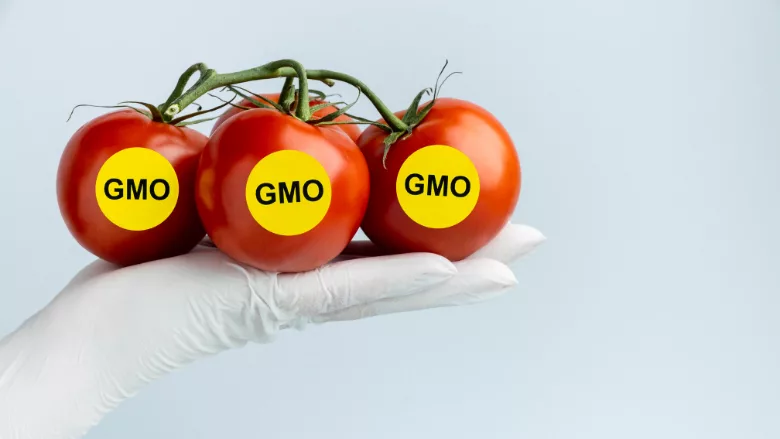FSANZ Proposes Updated Definitions for Genetically Modified Food

Image credit: Freepik
Food Standards Australia New Zealand (FSANZ) has approved updated definitions for genetically modified (GM) food in the Australia New Zealand Food Standards Code (the Code), according to a media statement by FSANZ.
Following a review under Proposal P1055, "Definitions for gene technology and new breeding techniques," the GM definitions have been modernized to address advances in gene technologies and maintain strong food safety protections. The process-based definition for "food produced using gene technology" is being replaced with an outcome-based definition for "genetically modified food," which FSANZ says will make it easier to determine what is a GM food.
The new definition is based on the introduction of "novel DNA" in an organism or cells. Genetic changes that occur naturally or from conventional breeding will not be captured as GM. Foods made using new breeding techniques, like genome editing, will not be classified as GM food if the genetic change does not introduce novel DNA.
The new definitions are designed to remove ambiguity and improve clarity and predictability while continuing to protect public health and safety. These definitions will apply across the Code, supporting consistent GM food assessment and labeling and ensuring regulatory oversight remains proportionate to risk. The updates will bring Australia and New Zealand closer to regulatory approaches being adopted internationally, including in Canada, Japan, and England. Existing requirements for pre-market safety assessment and labeling of GM foods will continue to apply.
FSANZ CEO Dr. Sandra Cuthbert said the new definitions reflect the latest science and will provide greater clarity for industry, regulators and consumers. "Our safety assessment confirms that many modifications achieved through new breeding techniques are equivalent to those from conventional breeding, which is widely recognized as safe," Dr. Cuthbert said.
The FSANZ approval now moves to Australian and New Zealand food ministers, who have 60 days to consider FSANZ's decision.
Australian Organic Opposition
Some segments of the food industry oppose the updates. For example, trade group Australian Organic Ltd., which represents the Australian organic industry, is calling on state and federal food ministers to reflect the FSANZ decision, claiming that it would strip consumers of their right to know whether the food they eat has been genetically modified or gene edited.
Looking for quick answers on food safety topics?
Try Ask FSM, our new smart AI search tool.
Ask FSM →
A media statement released by Australian Organic states, "If accepted, these changes would allow a significant volume of genetically engineered food into the Australian market without mandatory safety testing, traceability or labeling. The revised definition would also apply to foods derived from gene-edited animals, making Australia the first country globally to allow such products to enter the food chain without any transparency or oversight."
"Traceability without transparency is a dangerous illusion," said Josefine Pettersson, Operations and Technical Manager at Australian Organic. "Organic supply chains will be expected to test all ingredients to verify freedom from undeclared gene-editing technologies—but there will be no obligation for manufacturers or importers to declare when these processes were used… Worse still, if an undeclared gene-editing change is detected by someone else, such as an export partner or foreign lab, it would fall on us to prove it wasn't caused by gene technology."
Australia's major trading partners—including the EU, Japan, and South Korea—continue to regulate gene-edited foods or require traceability protocols. Australian Organic states, "FSANZ's proposal goes significantly further, and may place future organic and clean food exports at risk."
The organic sector is urging ministers to pause the proposal and commission a full review that includes:
- The cost to compliance systems and certification bodies
- The impact on consumer trust and informed choice
- The effect on Australia's export relationships and equivalency recognition.
Update, August 6, 2025: FSANZ has received official ministerial approval for the updated definition for GMOs, paving the way for the change to be gazetted into the Food Standards Code.








